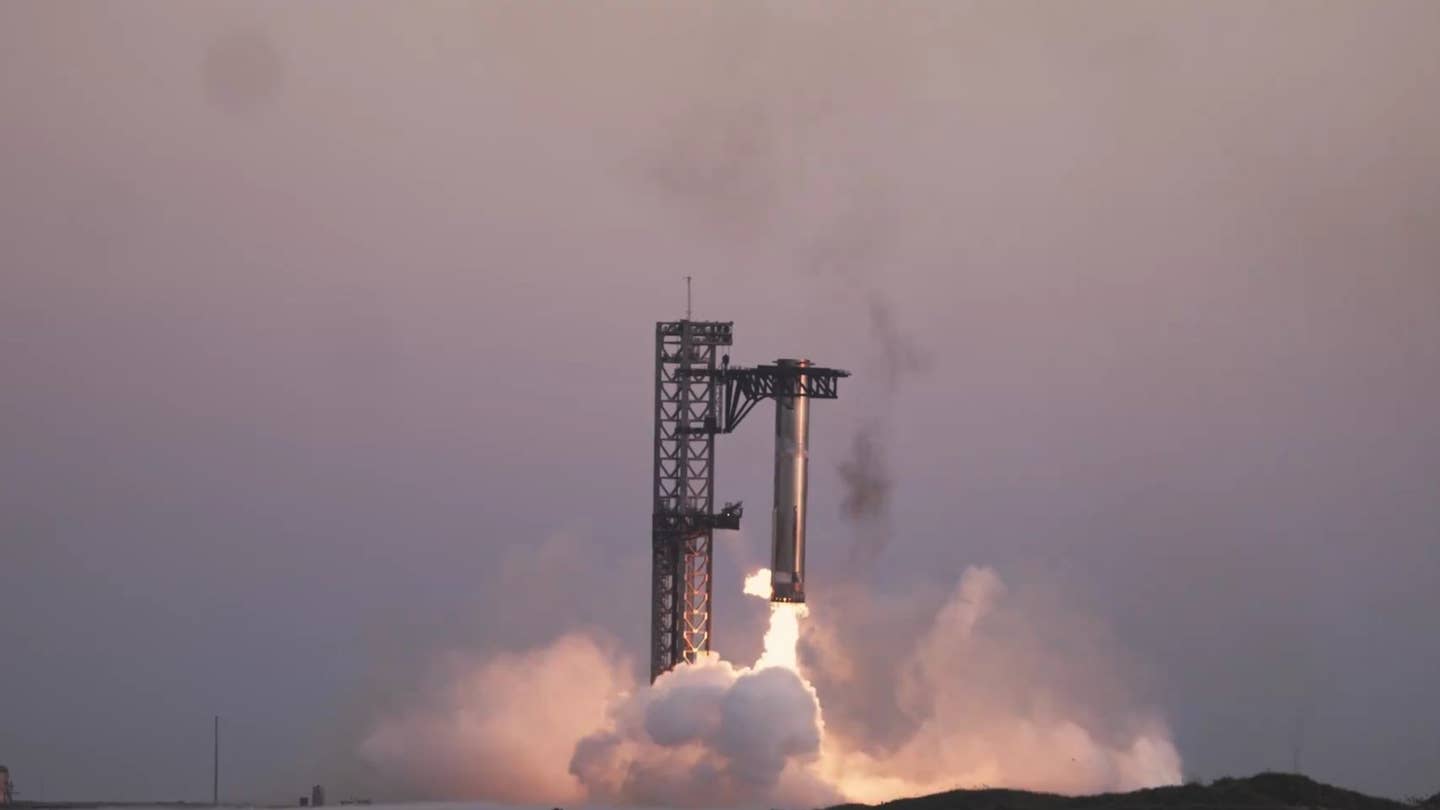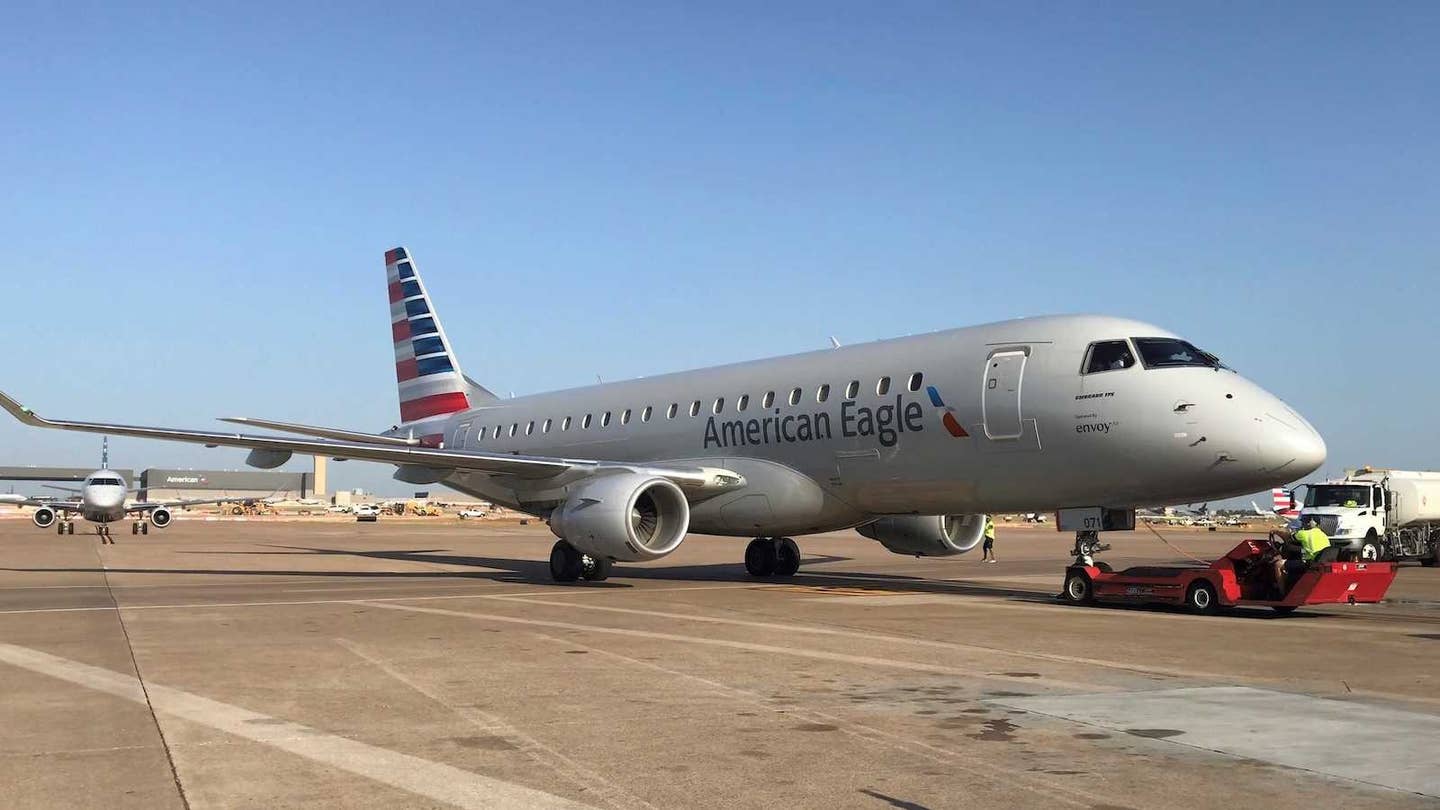
A Cessna 414 similar to the one pictured crashed into a Southern California home killing four people on the ground, plus the pilot. Flying photo
Federal authorities are looking more closely at the wreckage and communications data surrounding the February 3, 2019 crash of a Cessna 414 into a Yorba Linda, California neighborhood about 35 miles southeast of Los Angeles International Airport (LAX). The accident claimed the life of the pilot, Antonio Pastini, a Nevada restaurant owner, as well as four people in a home on the ground. Two additional people injured in the accident were reported to be in serious condition. One local firefighter suffered unknown injuries during efforts to douse the fire created by the crash. The twin Cessna was observed on a video obtained by a local ABC TV affiliate bursting into flame shortly before hitting the home where the four deaths on the ground occurred.
The aircraft had departed Fullerton Municipal Airport (FUL) some 11 miles west of the accident site about six minutes before the accident en route to Minden-Tahoe Airport (MEV), Minden, Nevada. While the weather at FUL was reported as VMC, the tower controller warned the pilot of deteriorating weather that included instrument meteorological conditions (IMC) with precipitation, microburst and rain showers about four miles east of the field in the area of the crash. The pilot did not file a flight plan prior to departing FUL.
Radar data showed that 5 1/2 minutes after takeoff, the airplane had climbed to about 7,800 ft before it began a rapid descending right turn that it maintained to the ground. Numerous witnesses located near the accident site saw the airplane exit the clouds at a high rate of descent before parts of the airplane began to break off.
One witness reported that he, "observed an aircraft emerge from the overcast layer on a northwesterly heading with a nose down pitch of approximately 60 degrees, pointed directly at my location with no discernable movement. It remained in that attitude for approximately 4 to 5 seconds before initiating a high-speed dive recovery. Approaching the bottom of the recovery the aircraft began to roll to its right. As it did, the left horizontal stabilizer departed the aircraft, immediately followed by the remainder of the empennage. The left wing then appeared to shear off just outside of the number one (left) engine igniting the left wing. The aircraft disappeared behind a hill to the northeast of the observed location, trailing flames behind it. The sound of an explosion and large plume of black smoke immediately followed."
The Los Angeles Times later reported questionable behavior on Pastini’s part that led to him to twice having his pilot certificate suspended by the FAA – once in 1977 and again in 1980. The first suspension – for 120 days – came after he flew in cloudy, icy conditions from Las Vegas to Long Beach and lied about his credentials. The second – a 30-day suspension – because his plane was not up-to-date on inspections, had an expired temporary registration and was leaking brake fluid, according to The Times.
Pastini was also found in possession of a fake Chicago Police badge and had reportedly told numerous people he’d retired from that department, a claim investigators found to be false. He also changed his name on his FAA records in 1991 from Jordan Albert Isaacson to Jordan Ike Aaron and again in 2008, the second being when he assumed the name Antonio Peter Pastini. The NTSB continues to investigate the accident.

Sign-up for newsletters & special offers!
Get the latest FLYING stories & special offers delivered directly to your inbox






